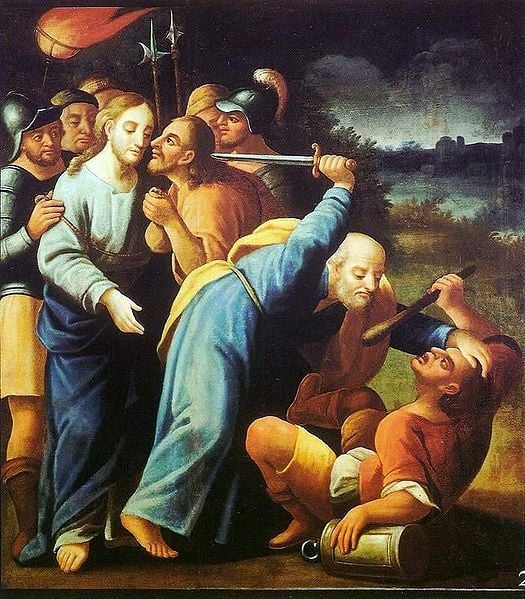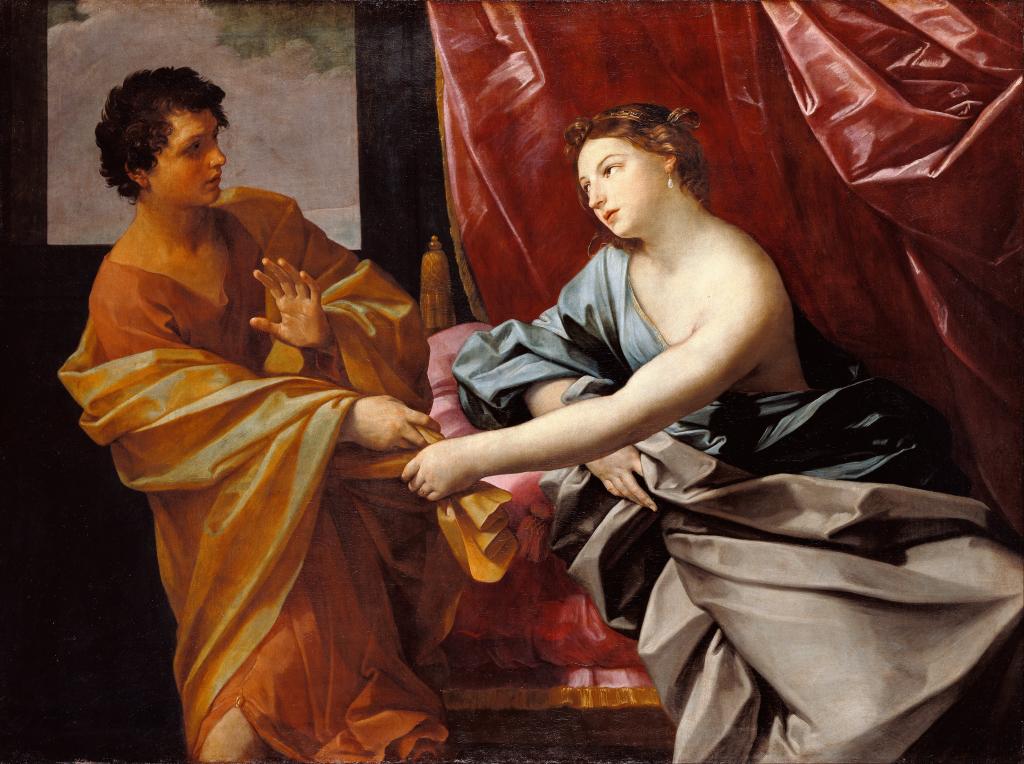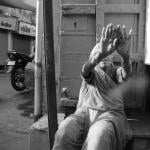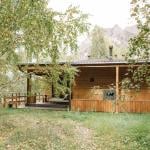Lately I’ve been thinking about how historical conceptions of the U.S. West have helped to shape the present-day religious landscapes of this grouping of contiguous, but varied regions. I live in the Northwest and study and teach about the religious history of Oregon and Washington. But much of my research is also focused on Utah-based Mormonism. The contemporary religious landscapes of these two regions couldn’t be more different. As Patricia O’Connell Killen and Mark Silk have shown, the Northwest is the most “unchurched” part of the country and has the highest number of “nones,” those who self-identify with no historic, institutional expression of religion. No one religious tradition dominates or has ever dominated in this region. It is a hotbed of alternative, nature-based spiritualities. In contrast, in Utah, residents are church members at record levels and the region is well known for its homogenous Mormon religious landscape. Two regions on opposite ends of the scale.
Yet, exploring how inhabitants have talked about these regions, I’ve found some striking similarities. In both regions, in the nineteenth century, Euro-American writers sacralized the land they lived on, seeing nature as the expression of God’s favor and exceptional interest in their respective regions. Northwest poet Frances Fuller Victor (1826-1902) wrote a memorial to Presbyterian missionary Narcissa Whitman who was killed by Cayuse Indians in 1847, along with her husband and twelve others. The incident became known as the Whitman Massacre and it rallied the country around the philosophy of Manifest Destiny, pulling pioneers across the country on a godly errand to impose “civilization” on the Pacific coast and sparking a series of shockingly violent wars with Native Americans throughout the Northwest. In her poem, Victor sees the poppies that grow in the valley of the Whitman’s former mission as natural monuments to Narcissa. She claims that this beautiful, naturally endowed part of the country was kept hidden by God for enterprising Euro-American pioneers.
The glorious morns, the sultry noons,
The blazoned sunsets of the plains,
The starry nights, the white-fire noons,
The golden fields of ripening grains,
That prove this land, in God’s great plan,
The last, best heritage of man! (1)
Such themes have been sounded since Europeans first nudged their way across the Atlantic and they were re-shaped and energized as they fused with Protestant exceptionalist ideas of chosen-ness.
Mormons employed such themes as they searched for and finally found their earthly Zion in Utah. Prominent churchwoman Ruth May Fox (1853-1958) reflected on the chosen-ness of Utah, in her mind, a land reserved by God for the Latter-day Saints:
She lives in a land reserved throughout all ages,
For a people that God could rely on;
To establish His Kingdom and battle for truth;
And He named it the land of Zion. (2)
Energized by this vision, starting in 1847, Mormon pioneers flooded into the Salt Lake Valley from the East Coast, from Scandinavia, from England, from Ireland.
Early writers of both regions, not surprisingly, also religiously engaged with the nature of their promised lands. They saw nature as a place where they could truly experience the divine away from the corruptions and distractions of worldly life. In one of her most famous poems, Northwest writer Ella Higginson (1861-1940) rejects the formal worship of God in churches and, instead, claims that she found in nature a true communion with God on a beautiful Easter morning.
My knees have know no cushions rich,
But the soft, emeralded sod;
My aisles have been the forest paths
Lined with the crimson rod;
My choir, the birds and winds and waves—
My only pastor God. (3)
Mormon writers of the same era sound quite similar. Well known writer and editor Emmeline B. Wells (1828-1921) loved to go to nature to connect to God.
My soul hath gone forth in its wandering,
To the hills that are purple with light;
Those temples that tower everlasting,
In their majesty, grandeur and might.
And I list to the voices eternal,
That have sung thro’ the ages of time,
And I bask in the visions supernal,
That uplift me to regions sublime. (4)
For writers of both regions, nature was the vehicle of a revelatory engagement with the divine.
So how do we end up with such different contemporary religious landscapes? Northwest writers used the common experience of nature to try to speak to a diverse, fractious, splintered population. It was the language of the cultural and economical elite of the region, an elite that was striving to find for the region a common goal, a common experience, a common identity. Nature religion has become, in the public discourse, as way for residents of the Northwest to create a sense of community and regional identity, even as this discourse marginalizes those outside of the urban population centers of the region or those dedicated to particular religious traditions. It re-shapes and imperializes Native American ideas, an eerie parallel with earlier military conquests. Mormon writers used nature to express an already agreed upon theology and cultural system that was being rapidly systematized and centralized. It allowed writers to safely express personal revelatory experience in the face of a hierarchy that was increasingly quick to safeguard its authority and privilege. Perhaps nature religion never took off in the Mormon Intermountain region the way it did in the Northwest because Mormons and non-Mormons of this area were already living within a dominant discourse, a discourse that today does the same thing that present-day nature-focused discourse in the Northwest does. It unites and marginalizes simultaneously, alienating those who don’t believe, who don’t want to live within this Mormon worldview and cultural system. Two regions so different, yet similar in so many ways.
(1) Frances Fuller Victory, “The Poppies of Wa-Il-Lat-Pu,” Poems (Author’s Edition, 1900), 51.
(2) R.M.F., “The Daughters of Zion,” Woman’s Exponent 17, no. 23 (May 1, 1889): 177.
(3) Ella Higginson, “God’s Creed,” When the Birds Go North Again (New York: MacMillan Co., 1902), 4.
(4) E.B.W., “Meditation,” Woman’s Exponent 23, nos 3-4 (August 1 & 15, 1894): 169.











